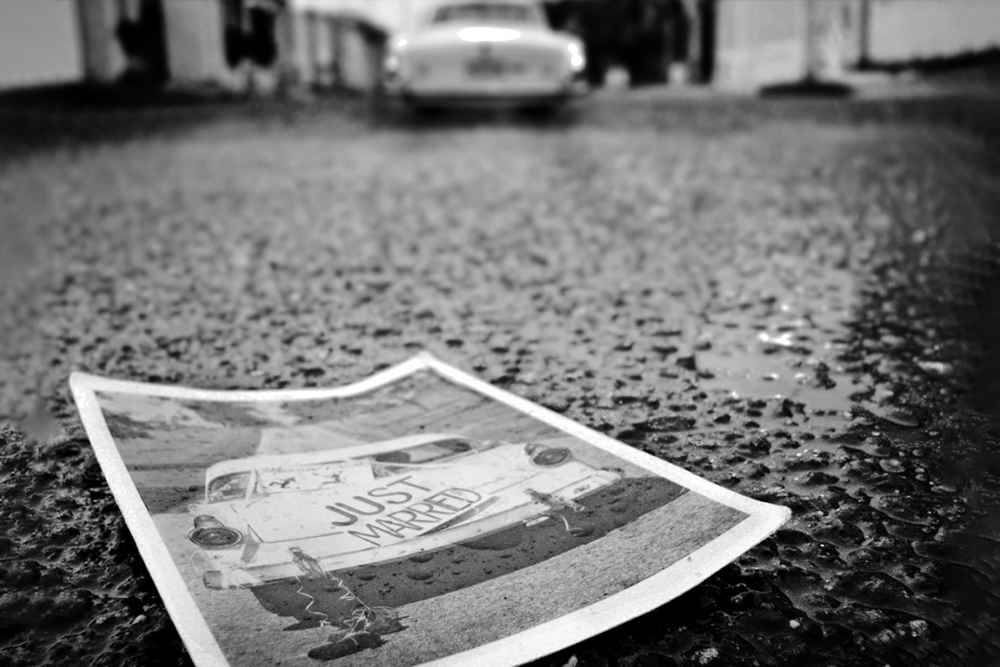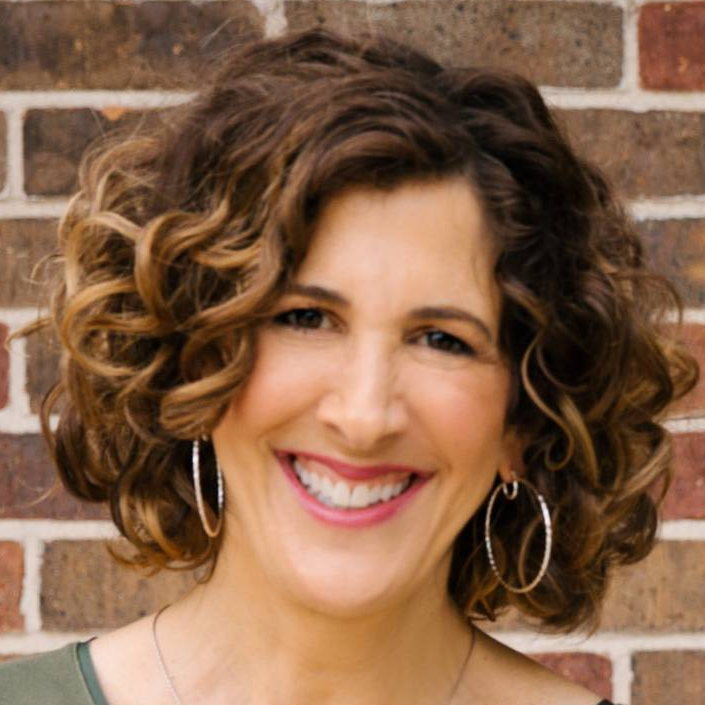
Today’s post is by editor Tiffany Yates Martin (@FoxPrintEd). Join her for the three-part online class Mastering Backstory for Novelists.
Like a genie in a bottle, flashbacks can be wonderful and terrible things. They can grant you phenomenal power—painting in backstory other characters may not know or may be concealing, offering character motivation, raising stakes, creating deeper reader investment, heightening suspense, and more.
But, like the genie, if you don’t carefully control them, flashbacks can get disastrously out of hand.
If you worry your flashbacks aren’t working effectively, here are the most likely reasons why.
You have too many flashbacks.
Flashbacks are the seasoning that make the stew. Your story is and should be about the main real-time action of the story, not what led up to it. Relying too heavily on flashbacks to tell your story risks confusing readers or diluting the focus of the overall story.
Ask yourself why flashback is the most effective way to relate the info, or if it might be as effectively conveyed through context or memory. These forms of backstory that can be woven in more invisibly, without pulling the reader away from the main story.
If you’re using lots of flashbacks to tell your story effectively, consider whether you may in fact have a multiple-timeline story. (Learn more about multiple timeline stories.)
The flashbacks are in the wrong place.
I’m looking at you, “cheat” flashback prologue. This is a common type of failed flashback, a temptation authors fall into when they know their first chapters don’t have enough action or a strong hook, and hope that plopping in more exciting action into the prologue can make up for a slow start. It can feel like a false promise, as readers may not understand what the actual story is about.
Used well, though, flashback prologues can be effective ways to set up a story and give it more resonance and higher stakes. For instance, in her novel Where We Fall, author Rochelle Weinstein’s brief opening flashback prologue gives the rest of the story context and perspective on the three protagonists’ history and relationships that raises the story’s impact and reader investment, and poses the central story question: What happened to these three characters and the relationship we see in this flashback that’s radically changed in chapter one?
Like all backstory, ask yourself what I call the Watergate question of backstory: What does the reader need to know and when do they need to know it? A flashback plopped in randomly can be jarring and inorganic.
The flashbacks go on too long.
Flashbacks that run for pages and pages can stall momentum. They may also be offering more information and detail than is needed.
Ask yourself: What is the essential narrative purpose of the information in the flashback? Find the central kernel of meaning/illumination decide how much of the scene readers actually need to see to understand the impact on the main story. If readers don’t need to know exactly how something happened but simply that it happened, it may be more effective to add the information using threaded-in context or brief flashes of memory amid the forward movement of the real-time story.
If you do determine that parts of the information or events would be most effective as actual flashback, see if you can weave it in as snippets amid the present-moment scene or story, instead of using a giant chunk of scene, as Toni Morrison does almost invisibly throughout Beloved.
They are clunky and obvious.
The surest way to lose your reader is by hanging a lantern on the fact that you’re about to yank them into a flashback. You know what I’m talking about—those clumsily signaled flashbacks that begin, “He remembered his if it were yesterday, or “The scene played like a movie in her mind,” or “Suddenly she relived the moment when…”
Setting them off with different typefaces or fonts also screams, This is a sidetrack!, and readers may disengage or even skip over them. Calling attention to a flashback makes the reader cognizant of them as a device, which makes them see the author’s hand, which pulls them out of the story.
Try to seduce readers right into your flashback with smoothly integrated transitions, like connective tools (a sound, a sense memory, an event similar to one in the past). Read a full explanation: How to Transition into a Flashback.
The flashbacks don’t move the story forward.
The holy grail of using flashback is that even as you take readers back to the past, the flashback should always move the story forward. That means whatever information they share should materially and essentially shed light on the character(s) and their arc in the main story, advance the main story with essential information, and/or raise stakes.
If you can do all three with a flashback it’s even stronger, as Kate Quinn does in The Alice Network with a well-executed three-page flashback that shows why the protagonist is so powerfully motivated to find her missing cousin throughout the story.
The flashbacks aren’t directly relevant to the main story.
Not everything that happened in your world or characters’ lives prior to our “meeting” them matters to what you are presenting in this story. Authors don’t need exhaustive character bibles or biographies of every element of characters’ lives; trying to weave all that detail will clutter the story. Cherry-pick the elements that illuminate your characters’ motivations, goals, obstacles, and so on.
The flashbacks confuse readers.
If flashbacks are too frequent, too long, or it’s not readily apparent how they relate to the main story, readers may give up on trying to piece them together or make sense of them within the story.
Keep flashbacks as tight and efficient as possible, and don’t take readers down a flashback rabbit hole of flashbacks within flashbacks, or overwhelm them by dumping in new characters and storylines for them to keep track of without adequate context or connective tissue.
Final thoughts
The best way to find out how your flashbacks may be serving the story (or not) is with outside eyes: critique partners, beta readers, and editors can help point out where flashbacks may distract from or stall your story. But learning what makes flashbacks effective and how to diagnose how well they’re working in your story can help you spot any rough areas and smoothly incorporate the relevant past while always moving the story forward.
If you want to dig deeper into flashbacks and how to use them effectively in your story, join Tiffany and Jane for our ongoing masterclass, Mastering Backstory. This three-part course focuses this week on flashbacks and the tools and techniques that make them work.

Tiffany Yates Martin has spent nearly thirty years as an editor in the publishing industry, working with major publishers and New York Times, Washington Post, Wall Street Journal, and USA Today bestselling and award-winning authors as well as indie and newer writers. She is the founder of FoxPrint Editorial and author of the bestseller Intuitive Editing: A Creative and Practical Guide to Revising Your Writing. She is a regular contributor to writers’ outlets like Writer’s Digest, Jane Friedman, and Writer Unboxed, and a frequent presenter and keynote speaker for writers’ organizations around the country. Under her pen name, Phoebe Fox, she is the author of six novels. Visit her at www.foxprinteditorial.com.

Too true, Tiffany. The thing we have to remember about flashbacks is that they’re a too-convenient cheat.
Yes, we all remember our pasts. But the whole nature of living is that we’ve already remembered them hundreds of times, and packaged those memories up in a way that fits someone who’s living our 800th chapter, not our 1st. Full flashbacks are an attempt to reverse that, and for all that books try to make them familiar (and movies demand we accept them), we know they aren’t normal.
So, we need to use them with extreme care. They look like a cheap fix for providing information and drama… because cheap is what they are.
Great point, Ken–we may have relived them over and over, often (not always, of course). And that changes how we remember, and what we remember. We talk in the course about how memory works in life, and how it works in fiction, and the three types of memory–all components in creating a successful flashback.
They are a weird literary convention we’ve come to accept. 🙂 And if they’re used clumsily they can definitely come across as a shortcut–but I’ve also seen them add a lot of depth and texture and dimension to stories. Like all power tools…you have to wield them with knowledge and care! 🙂 Thanks for the comment.